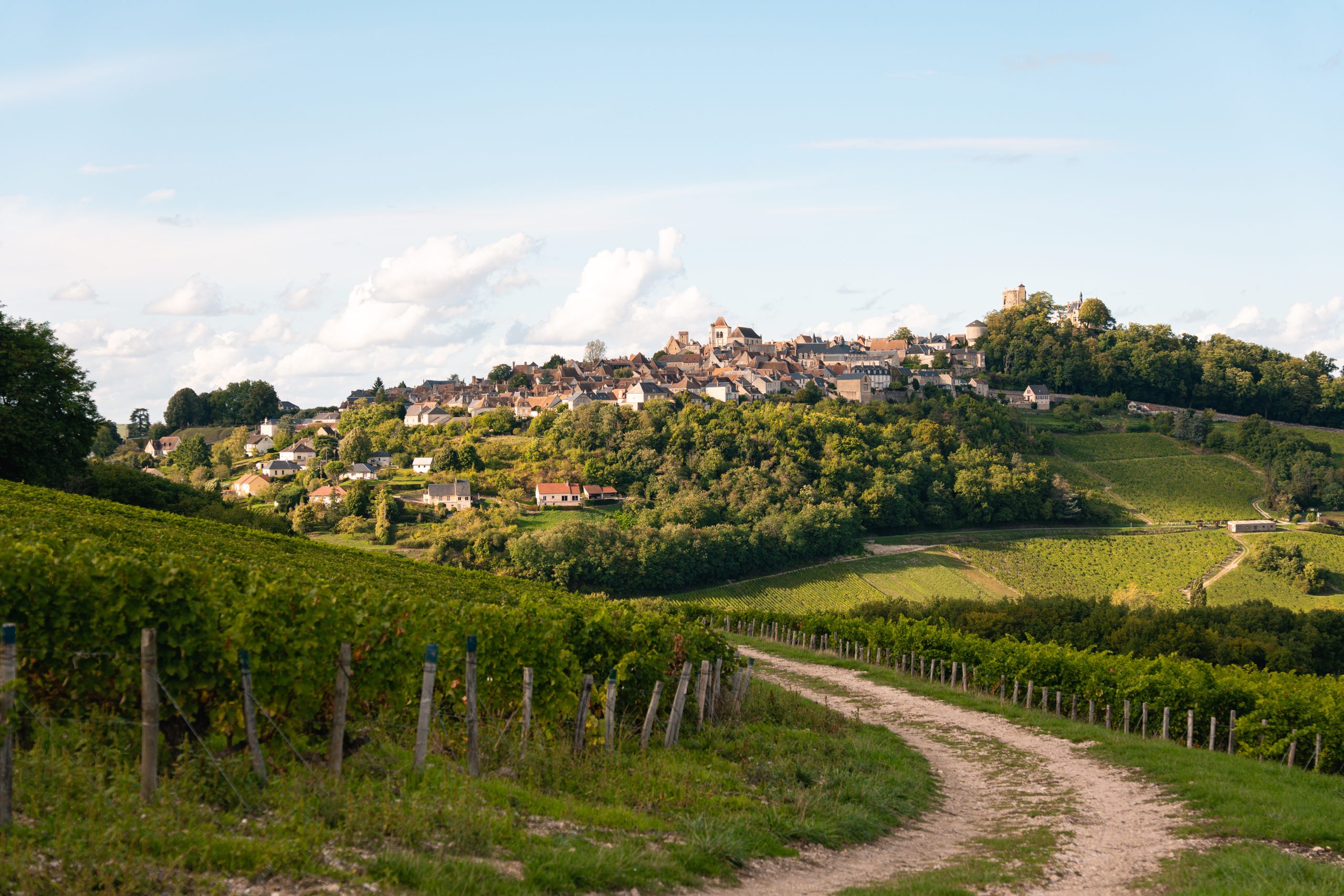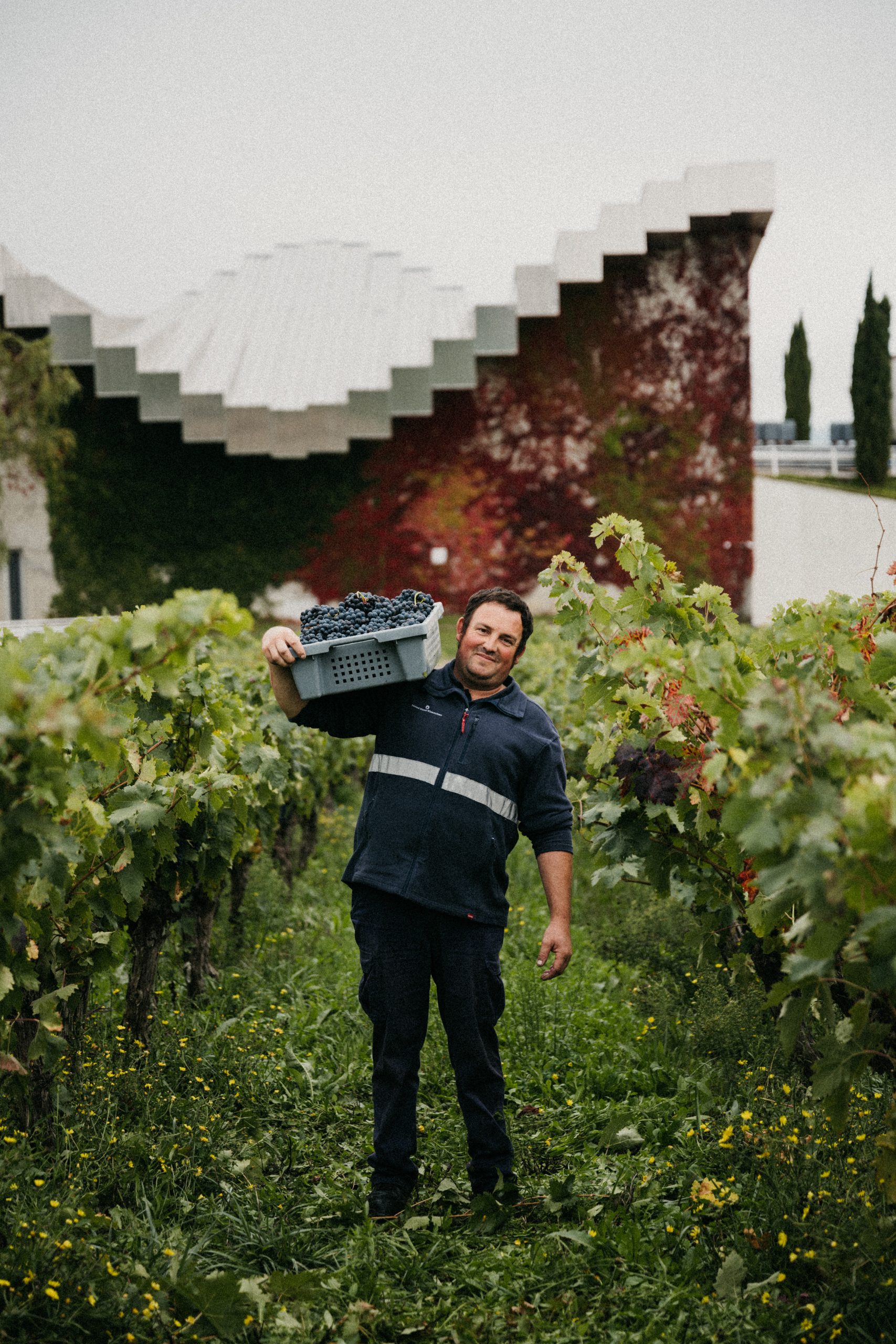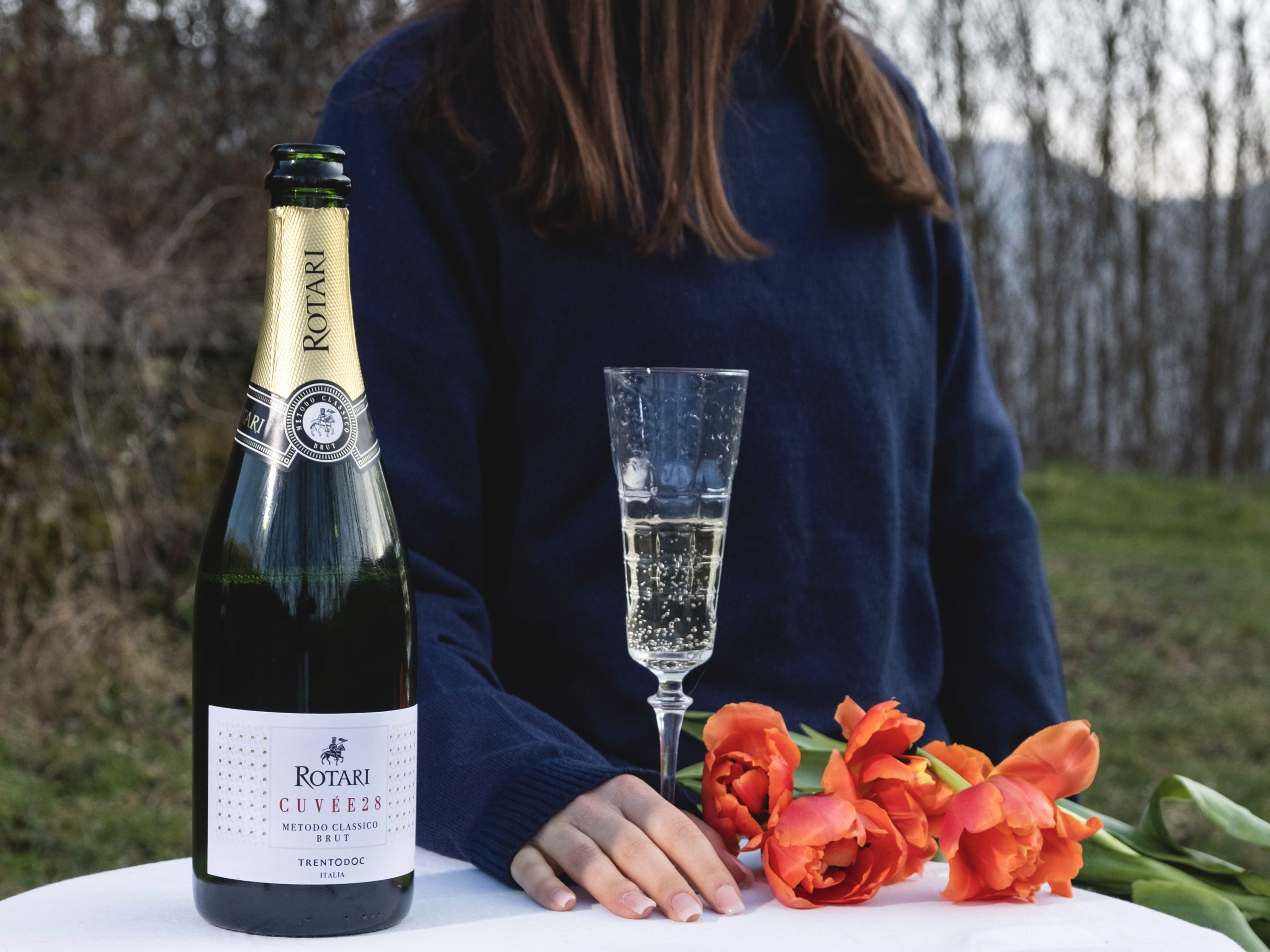Rheingau switch supports dry style trend
Germany’s VDP Rheingau members held the international launch for their 2012 Grosses Gewächs Rieslings in London yesterday, using this classification for the first time.
The adoption of Grosses Gewächs, or “grand cru”, replaces the Rheingau’s former Erstes Gewächs designation for its top tier of dry wines, thereby bringing the region into line with the rest of Germany.
Describing this move as “very important progress in the simplification and unification of the VDP,” Dr Franz Michel of Domdechant Werner’sches Weingut stressed: “The wine itself has not changed. The concept is still to have the most intensity, aroma and quality in a dry style.”
Although the region, which is the largest and oldest association in the VDP with Germany’s biggest plantings of Riesling, maintains its long tradition of sweet styles, Michel highlighted the importance of promoting these dry wines in a clear way.
“The trend and the future right now is more on the drier styles, just because the more important wines in the world right now are dry so you can put these wines next to the great wines of the world for comparison and they show very well,” he remarked. “Then you look at the prices and they are very favourable too.”
While noting that “traditional sweet markets are getting drier, like the US,” Michel also noted the success of dry styles among Germany’s newer markets, which include European ones such as France and Spain. “We show them the whole line up and then they pick out a dry Kabinett,” he reported.
Partner Content
Turning to the character of the 2012 vintage, Jochen Becker-Köhn, estate manager at Weingut Robert Weil highlighted the benefit for dry styles of this notoriously botrytis-free year. “We waited and waited, which meant there was a long hang time and perfect, healthy grapes,” he recalled.
In terms of style, Becker-Köhn suggested that 2012 “has the 2009 ripeness and the acid structure of 2011.” What’s more, he emphasised the presence of restrained alcohol levels, saying: “Everybody talks about controlling alcohol with their Riesling but in 2012 it did that by itself.”
Although there is still a month to go before the 2013 harvest gets underway, producers were cautiously upbeat about the quality prospects. “We have healthy grapes,” reported Michel, adding that with the late Spring and cooler growing season shared by much of Europe, “there is a good chance of making lighter wines – and modern dining is all about lighter, more refreshing styles.”
However, he concluded: “Like sport, it’s the last 100 metres of running that decides the result and we are now in that last 100m, but we are optimistic.”





Thought the old system was Erstes Gewächs…